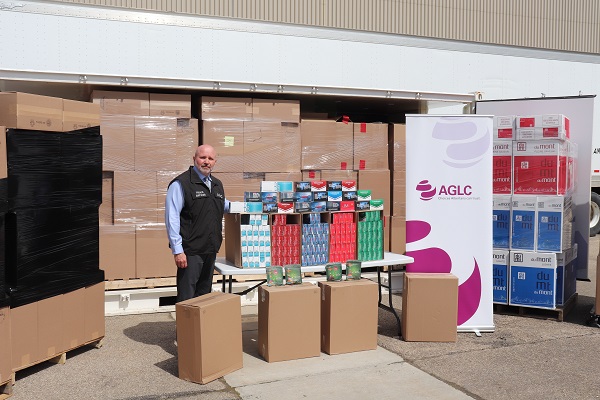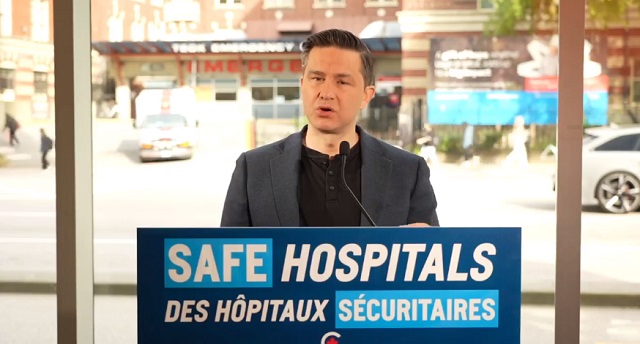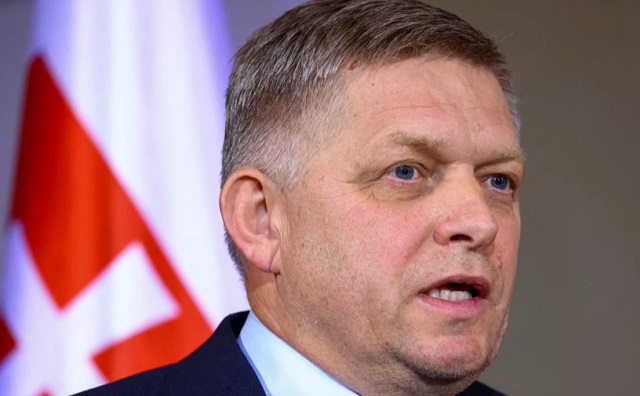Business
Carbon tax costs taxpayers $200 million to administer
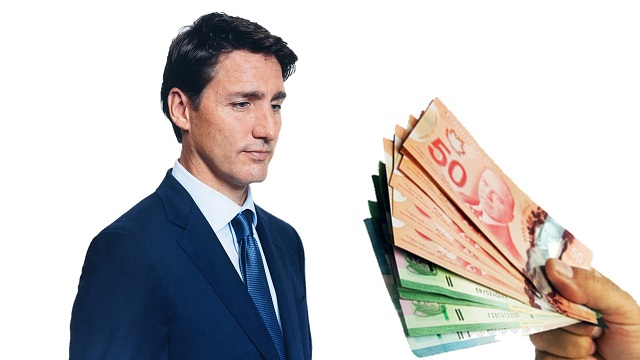
From the Canadian Taxpayers Federation
Author: Ryan Thorpe
The cost of administering the federal carbon tax and rebate scheme has risen to nearly $200 million since its inception in 2019.
That’s according to government records obtained by the Canadian Taxpayers Federation and first reported by the online news site Blacklock’s Reporter.
The hit to taxpayers last year alone was $82.6 million, with the government assigning 465 full-time employees to administer the carbon tax and rebate scheme.
“The carbon tax is a double whammy for taxpayers,” said Franco Terrazzano, CTF Federal Director. “First, it makes our gas, heating and groceries more expensive. And then we’re forced to pay higher taxes to fund Trudeau’s battalion of carbon tax bureaucrats.”
The records were released in response to order paper questions from Conservative MP Chris Warkentin (Grande Prairie-Mackenzie).
Carbon tax administration costs totaled $82.6 million in 2022, and $116.5 million between 2019 and 2021.
Last year, there were 223 bureaucrats “assigned to work on the collection of the fuel charge,” while 242 administered the rebate scheme.
Annual costs spiked last year as the government changed the rebate scheme “from a
refundable credit claimed annually on personal income tax returns, to [a] quarterly tax-free payment made through the benefit system,” according to the records.
“It should be obvious to everyone that the feds can’t raise taxes, skim hundreds-of-millions off the top and hire hundreds of new bureaucrats, then somehow make everyone better off with rebates,” Terrazzano said.
Cost to administer the carbon tax and rebate scheme, 2019 – 2022
|
Year |
Total annual cost |
Number of employees |
|
2019 |
$33,219,471 |
256 |
|
2020 |
$40,541,290 |
316 |
|
2021 |
$42,766,636 |
333 |
|
2022 |
$82,628,993 |
465 |
The carbon tax will cost the average family up to $710 this year even after the rebates, according to the Parliamentary Budget Officer, the federal government’s independent budget watchdog.
The carbon tax currently costs 14 cents per litre of gasoline and 12 cents per cubic metre of natural gas. By 2030, the carbon tax will cost 37 cents per litre of gasoline and 32 cents per cubic metre of natural gas.
“Canadians pay higher taxes so federal paper-pushers can increase our fuel prices and make our lives more expensive,” Terrazzano said. “Prime Minister Justin Trudeau can immediately make life more affordable by scrapping his carbon tax and taking some of the air out of his ballooning bureaucracy.”
Economy
Prime minister’s misleading capital gains video misses the point
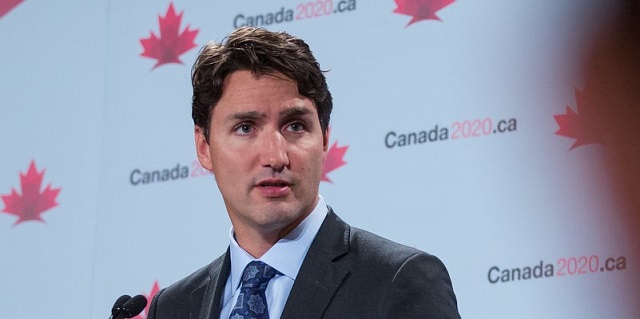
From the Fraser Institute
By Jake Fuss and Alex Whalen
According to a 2021 study published by the Fraser Institute, 38.4 per cent of those who paid capital gains taxes in Canada earned less than $100,000 per year, and 18.3 per cent earned less than $50,000. Yet in his video, Prime Minister Trudeau claims that his capital gains tax hike will affect only the richest “0.13 per cent of Canadians”
This week, Prime Minister Trudeau released a video about his government’s decision to increase capital gains taxes. Unfortunately, he made several misleading claims while failing to acknowledge the harmful effects this tax increase will have on a broad swath of Canadians.
Right now, individuals and businesses who sell capital assets pay taxes on 50 per cent of the gain (based on their full marginal rate). Beginning on June 25, however, the Trudeau government will increase that share to 66.7 per cent for capital gains above $250,000. People with gains above that amount will again pay their full marginal rate, but now on two-thirds of the gain.
In the video, which you can view online, the prime minister claims that this tax increase will affect only the “very richest” people in Canada and will generate significant new revenue—$20 billion, according to him—to pay for social programs. But economic research and data on capital gains taxes reveal a different picture.
For starters, it simply isn’t true that capital gains taxes only affect the wealthy. Many Canadians who incur capital gains taxes, such as small business owners, may only do so once in their lifetimes.
For example, a plumber who makes $90,000 annually may choose to sell his business for $500,000 at retirement. In that year, the plumber’s income is exaggerated because it includes the capital gain rather than only his normal income. In fact, according to a 2021 study published by the Fraser Institute, 38.4 per cent of those who paid capital gains taxes in Canada earned less than $100,000 per year, and 18.3 per cent earned less than $50,000. Yet in his video, Prime Minister Trudeau claims that his capital gains tax hike will affect only the richest “0.13 per cent of Canadians” with an “average income of $1.4 million a year.”
But this is a misleading statement. Why? Because it creates a distorted view of who will pay these capital gains taxes. Many Canadians with modest annual incomes own businesses, second homes or stocks and could end up paying these higher taxes following a onetime sale where the appreciation of their asset equals at least $250,000.
Moreover, economic research finds that capital taxes remain among the most economically damaging forms of taxation precisely because they reduce the incentive to innovate and invest. By increasing them the government will deter investment in Canada and chase away capital at a time when we badly need it. Business investment, which is crucial to boost living standards and incomes for Canadians, is collapsing in Canada. This tax hike will make a bad economic situation worse.
Finally, as noted, in the video the prime minister claims that this tax increase will generate “almost $20 billion in new revenue.” But investors do not incur capital gains taxes until they sell an asset and realize a gain. A higher capital gains tax rate gives them an incentive to hold onto their investments, perhaps until the rate is reduced after a change in government. According to economists, this “lock-in” effect can stifle economic activity. The Trudeau government likely bases its “$20 billion” number on an assumption that investors will sell their assets sooner rather than later—perhaps before June 25, to take advantage of the old inclusion rate before it disappears (although because the government has not revealed exactly how the new rate will apply that seems less likely). Of course, if revenue from the tax hike does turn out to be less than anticipated, the government will incur larger budget deficits than planned and plunge us further into debt.
Contrary to Prime Minister Trudeau’s claims, raising capital gains taxes will not improve fairness. It’s bad for investment, the economy and the living standards of Canadians.
Authors:
Business
Ottawa should end war on plastics for sake of the environment
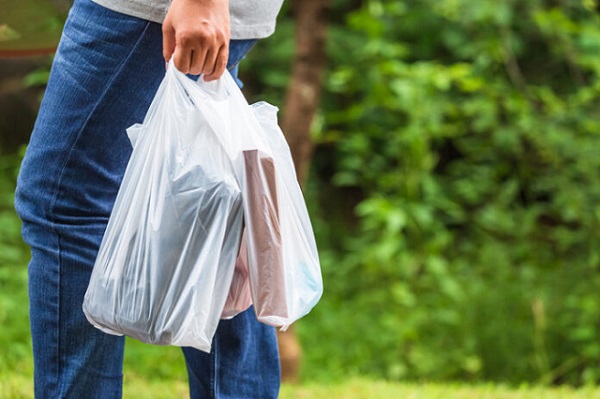
From the Fraser Institute
Here’s the shocker: Meng shows that for 15 out of the 16 uses, plastic products incur fewer GHG emissions than their alternatives…
For example, when you swap plastic grocery bags for paper, you get 80 per cent higher GHG emissions. Substituting plastic furniture for wood—50 per cent higher GHG emissions. Substitute plastic-based carpeting with wool—80 per cent higher GHG emissions.
It’s been known for years that efforts to ban plastic products—and encourage people to use alternatives such as paper, metal or glass—can backfire. By banning plastic waste and plastic products, governments lead consumers to switch to substitutes, but those substitutes, mainly bulkier and heavier paper-based products, mean more waste to manage.
Now a new study by Fanran Meng of the University of Sheffield drives the point home—plastic substitutes are not inherently better for the environment. Meng uses comprehensive life-cycle analysis to understand how plastic substitutes increase or decrease greenhouse gas (GHG) emissions by assessing the GHG emissions of 16 uses of plastics in five major plastic-using sectors: packaging, building and construction, automotive, textiles and consumer durables. These plastics, according to Meng, account for about 90 per cent of global plastic volume.
Here’s the shocker: Meng shows that for 15 out of the 16 uses, plastic products incur fewer GHG emissions than their alternatives. Read that again. When considering 90 per cent of global plastic use, alternatives to plastic lead to greater GHG emissions than the plastic products they displace. For example, when you swap plastic grocery bags for paper, you get 80 per cent higher GHG emissions. Substituting plastic furniture for wood—50 per cent higher GHG emissions. Substitute plastic-based carpeting with wool—80 per cent higher GHG emissions.
A few substitutions were GHG neutral, such as swapping plastic drinking cups and milk containers with paper alternatives. But overall, in the 13 uses where a plastic product has lower emissions than its non-plastic alternatives, the GHG emission impact is between 10 per cent and 90 per cent lower than the next-best alternatives.
Meng concludes that “Across most applications, simply switching from plastics to currently available non-plastic alternatives is not a viable solution for reducing GHG emissions. Therefore, care should be taken when formulating policies or interventions to reduce plastic demand that they result in the removal of the plastics from use rather than a switch to an alternative material” adding that “applying material substitution strategies to plastics never really makes sense.” Instead, Meng suggests that policies encouraging re-use of plastic products would more effectively reduce GHG emissions associated with plastics, which, globally, are responsible for 4.5 per cent of global emissions.
The Meng study should drive the last nail into the coffin of the war on plastics. This study shows that encouraging substitutes for plastic—a key element of the Trudeau government’s climate plan—will lead to higher GHG emissions than sticking with plastics, making it more difficult to achieve the government’s goal of making Canada a “net-zero” emitter of GHG by 2050.
Clearly, the Trudeau government should end its misguided campaign against plastic products, “single use” or otherwise. According to the evidence, plastic bans and substitution policies not only deprive Canadians of products they value (and in many cases, products that protect human health), they are bad for the environment and bad for the climate. The government should encourage Canadians to reuse their plastic products rather than replace them.
Author:
-
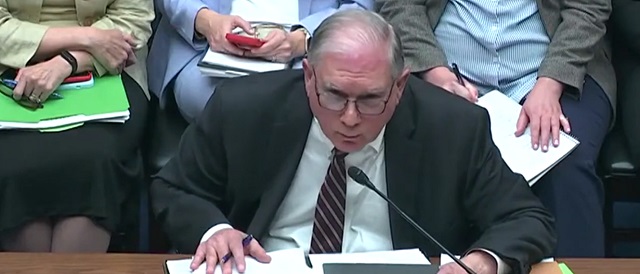
 COVID-192 days ago
COVID-192 days agoTop Fauci Aide Allegedly Learned To Make ‘Smoking Gun’ Emails ‘Disappear,’ Testimony Reveals
-

 COVID-191 day ago
COVID-191 day agoThe Vials and the Damage Done: Canada’s National Microbiology Laboratory Scandal, Part II
-

 Censorship Industrial Complex14 hours ago
Censorship Industrial Complex14 hours agoAustralia passes digital ID bill, raising fears of government surveillance without accountability
-

 Bruce Dowbiggin3 hours ago
Bruce Dowbiggin3 hours agoLather, Rinse, Repeat: Recycling Coaches In The NHL
-
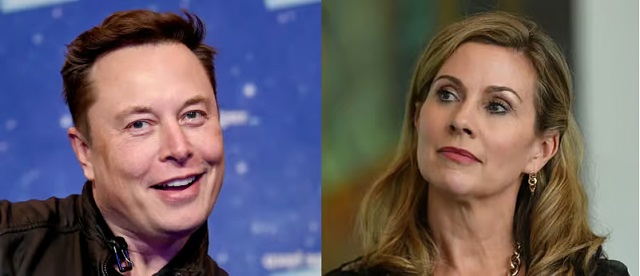
 Brownstone Institute1 day ago
Brownstone Institute1 day agoMusk Wins Latest Censorship Battle in Australia
-
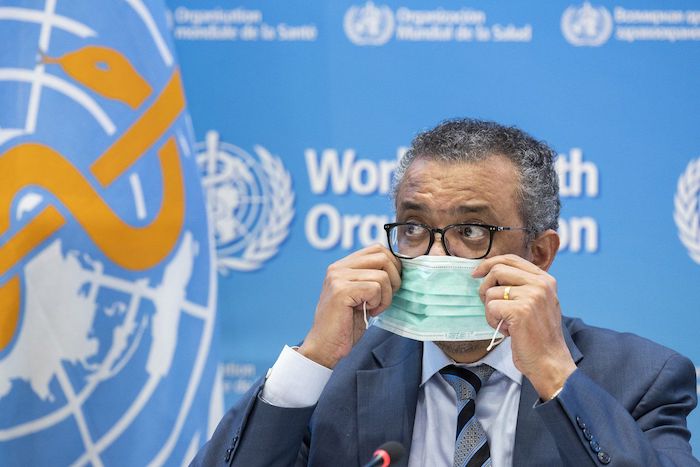
 Brownstone Institute15 hours ago
Brownstone Institute15 hours agoWHO Accords Warrant Sovereignty Concern
-

 COVID-1915 hours ago
COVID-1915 hours agoMalaysian doctor goes viral after apologizing for administering COVID shots
-

 International13 hours ago
International13 hours agoIran’s President Ebrahim Raisi, who oversaw mass executions, dies in helicopter crash






